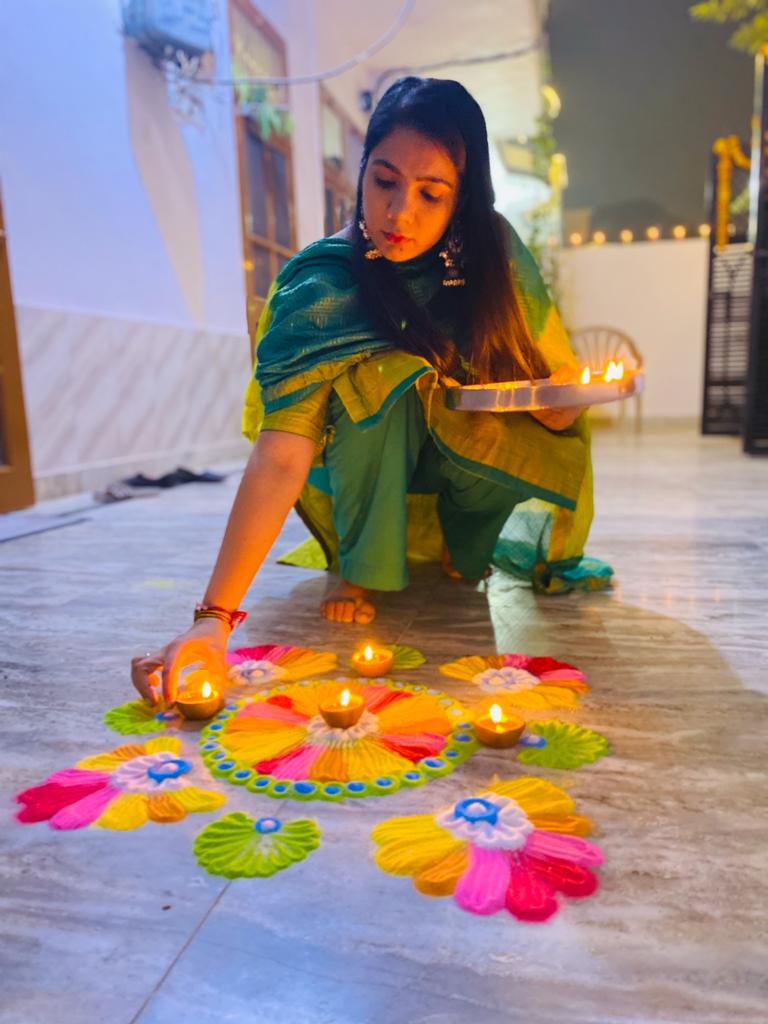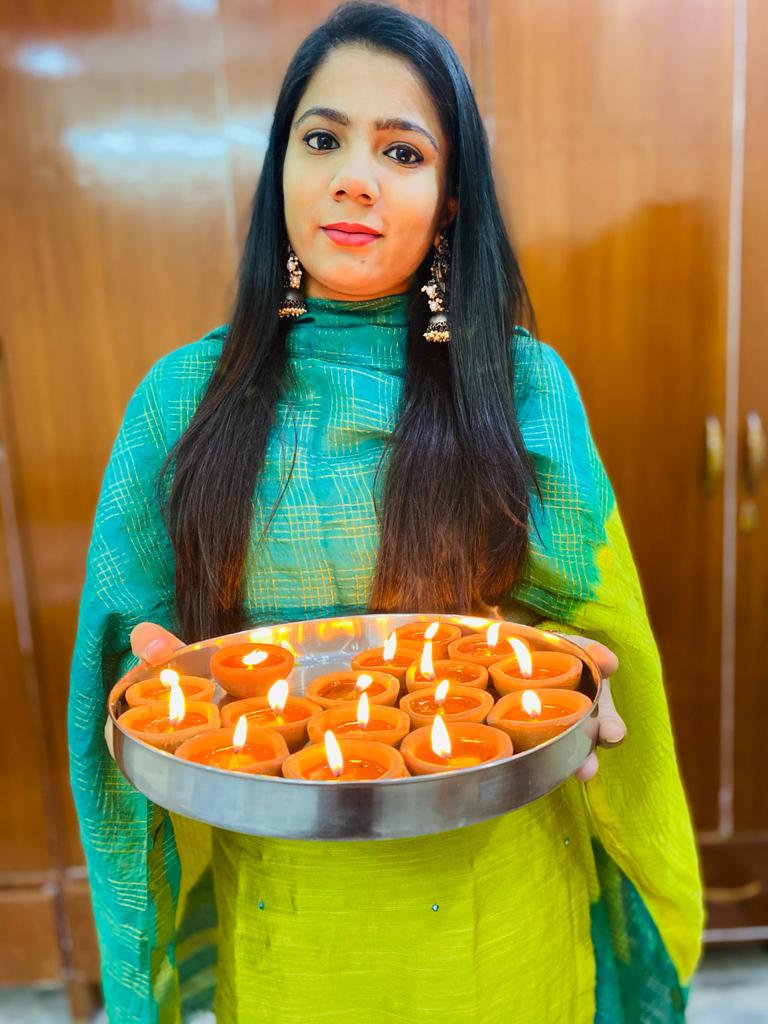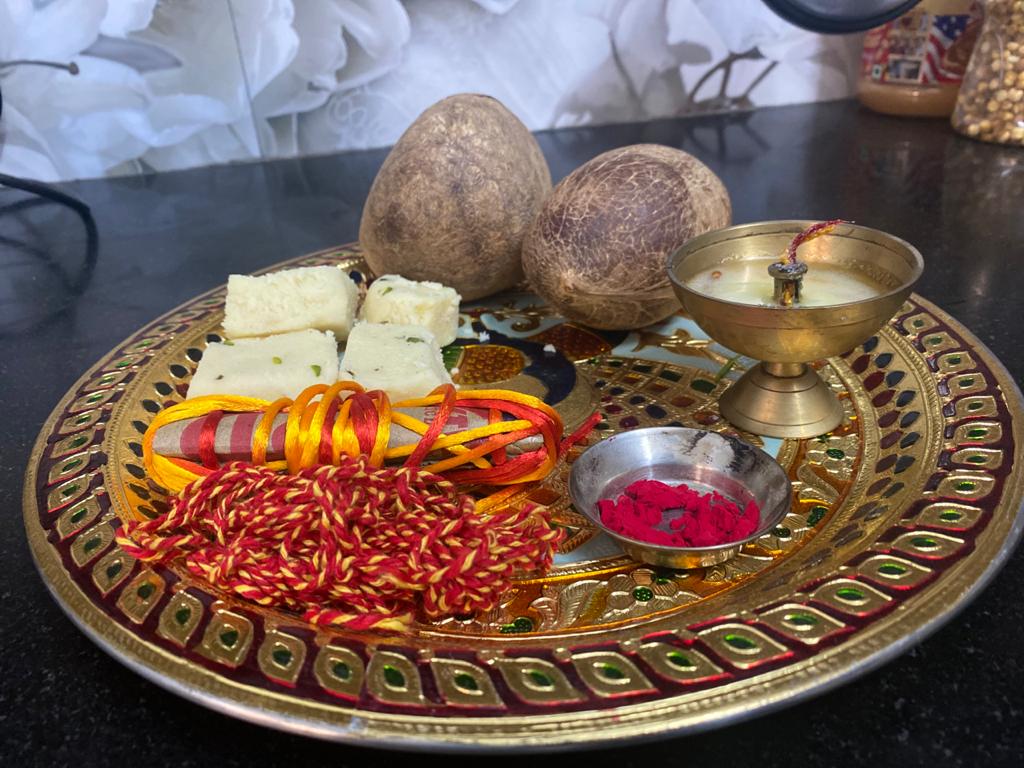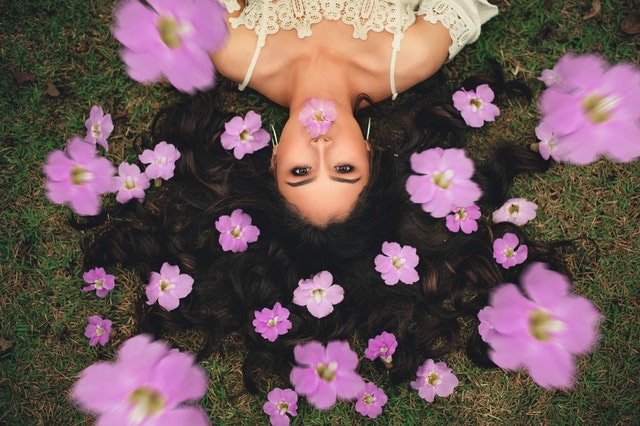Why do we light a diya. What is the concept of a diya in ancient times. Does it have a relevance today. How was this knowledge passed on from generation to generation. Is there any so called modern science basis to it. Does it depend on seasons. Let us explore these interesting facts.
Times before electricity was invented and much before gas powered lights as seen in developed countries, people usually finished off their work before sunset. People those days used to be early risers and all activities were begun and end during daylight hours. As soon as oils were extracted from seeds and other sources, lamps made there appearance. However most of the population could not afford the oil to light a lamp. That was the exclusive domain of palaces and homes of rich noblemen. Palaces used to be lit up at night in special occasions or fire torches used to be placed at entrances to show the path. Later prosperous towns and capitals used to lit up their roads and entrances with oil powered lamps or torches. Evening balls in palaces and candle light dinners have their origins in this period. Scented wax were specially made into candles for such special occasions and places.
Specialty of a ghee lamp
Desi ghee or clarified butter has been part of our rituals and cuisines for centuries now. It is an alternate form of butter which does not spoil at room or warm temperatures. Once prepared, it does not need refrigeration. Cows milk is best suited for preparation of ghee. The most common way of preparing desi ghee is practiced in homes where you remove upper layers of malai or cream while boiling milk and keep accumulating it. Once available in sufficient quantity, it is melted by heating to separate solids from clear liquified desi ghee.
Desi ghee has today entered into controversial territory because doctors believe it is saturated fat without any nutrition value left. Heart surgeons specially blame generous use of desi ghee as the main reason for blocked arteries. As per doctors, everyone except children who need the fat content should avoid desi ghee.
Nutritionists on the other hand swear by the medicinal and healing properties. They also promote use of desi ghee to achieve weight loss goals. In modern times we have many alternatives and substitutes, but in ancient times there was just desi ghee. Cows milk was the only known source of preparing ghee. Livestock reared in India was part of the family. There is no doubt that because of the nutrition value, desi ghee entered in the cuisine and also the rituals and festive celebrations.

Annapurna
Ghee is symbolic of motherhood. It depicts the power of women to give birth and feed the family. Annapurna. Woman is also shown as Laxmi, the goddess of wealth which is counted beyond money and wealth, respect and gratitude. A woman keeps her family foremost. Bhai Dooj for example is the bond between sister and her brothers where sister keeps a fast for her brothers. Dhanteras in modern times is associated with gold, but again it represents women and health.


I am Manisha Yadav, Founder and Ideologue of Narisakti. MBA Student and Digital Marketing expert, I take your brand online and help you reach more customers.






